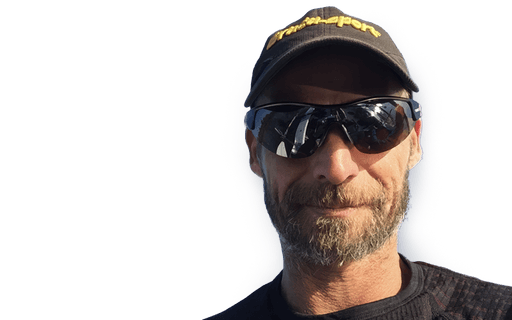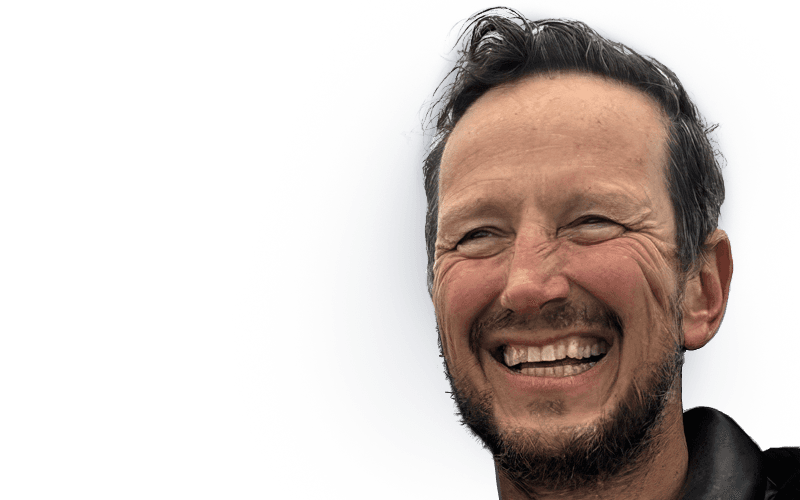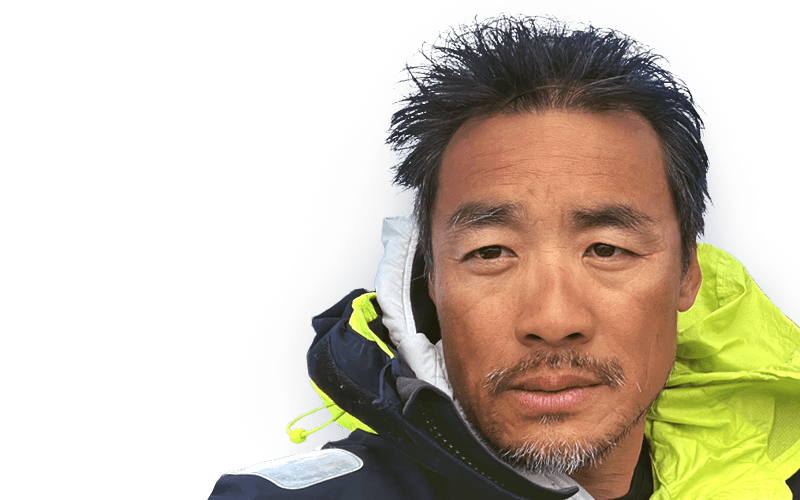OCEAN ROWING TEAM
From Australia to AFRICA, Big waves, wild challenges!
Our expedition across
the Indian Ocean has begun 17/05/25
We did it – 65 days, 10 hours, and 42 minutes. From Carnarvon, Australia to Dar es Salaam, Tanzania. Rowed across the Indian Ocean from 17 May 2025 at 09:15 UTC to 21 July 2025 at 19:57 UTC.
Carnavron
Australia
Mombasa
Kenia
- our team 4 rowers
- planned distance 1250 nautical miles
- planned duration 75 days

The First and Fastest Team to Row Across the Indian Ocean
Our team is embarking on an extraordinary world-first expedition—aiming to become the first and fastest team to row across the vast and unforgiving Indian Ocean, from Carnarvon, Western Australia, to Mombasa, Kenya.
This continent-to-continent journey will take us across one of the most treacherous and least-rowed oceans on the planet. We are setting out to achieve what has never been done before: a team crossing in record time, setting multiple records in the process.
This journey is more than just an extreme endurance test—it’s about pushing human limits, overcoming obstacles, and proving that with determination and teamwork, anything is possible.
We are a team of four rowers from different corners of the world, each bringing unique strengths and experiences:
Together, we will navigate over 5,000 nautical miles (more than 8,000 km) of open ocean, battling unpredictable cyclones, powerful currents, towering waves, and relentless heat. Rowing non-stop, unsupported, in 2-hour shifts around the clock, we will face one of the greatest challenges of human endurance.
Beyond the challenge itself, we are here to inspire. Our journey represents resilience, unity, and the courage to achieve extraordinary goals. This record-breaking attempt has earned a nomination from The Explorers Club, recognizing the significance of this expedition in the world of extreme exploration.
This is more than just a rowing expedition. It’s a story of endurance, personaltransformation, and the power of the human spirit. Follow our journey, be part of the adventure, and witness what it takes to cross an ocean—one stroke at a time.

Explorers club
FLAG EXPEDITION
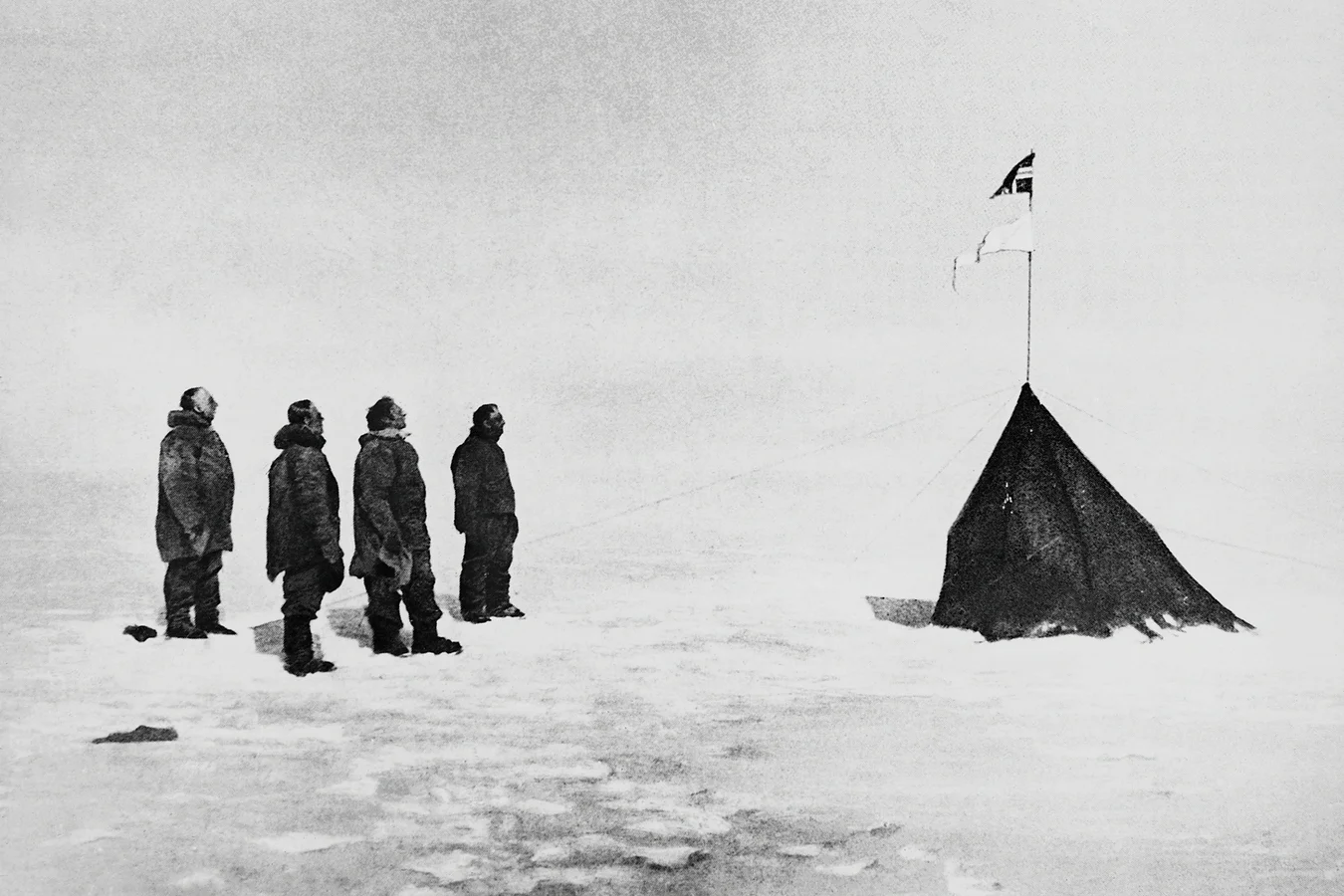
Our ocean rowing expedition across the Indian Ocean has been officially recognized by The Explorers Club, a prestigious institution dedicated to advancing field exploration and scientific discovery since 1904.
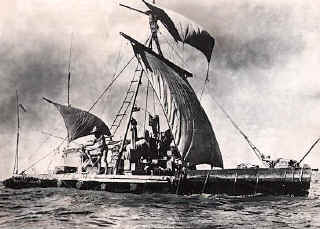
After a rigorous review process, our team has been granted the honor of carrying The Explorers Club Flag—a symbol that has accompanied some of the greatest expeditions in history, from the first ascent of Mount Everest to the Apollo Moon landing.

This recognition places our journey among the ranks of historic explorations that have pushed the boundaries of human endurance, scientific discovery, and geographical achievement.
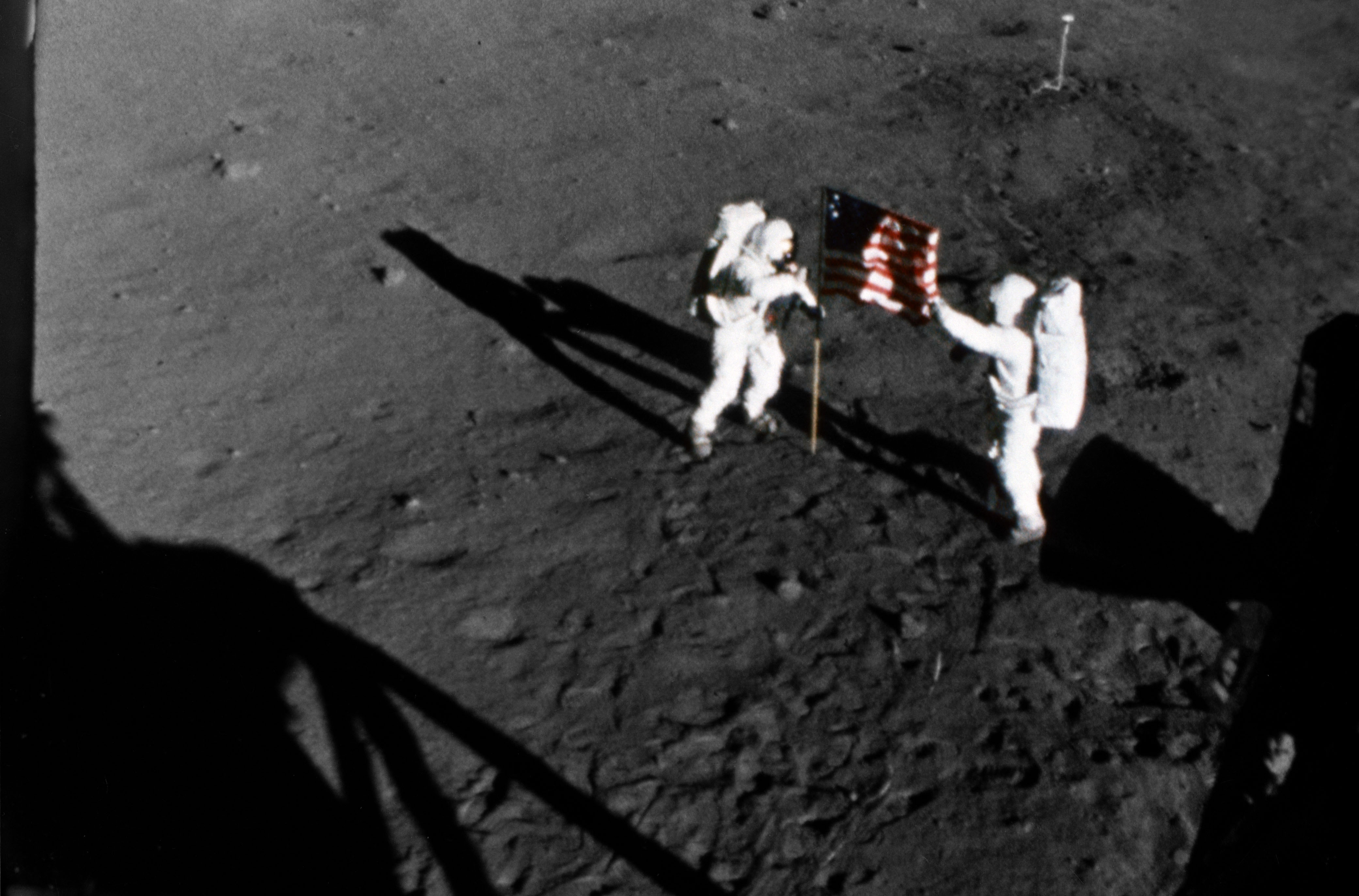
As we row across the vast Indian Ocean, we proudly carry Flag No. [Insert Flag Number], continuing the legacy of pioneers, astronauts, and deep-sea explorers who have come before us. Our expedition is more than just a challenge of physical endurance—it is a mission of exploration, research, and human resilience.
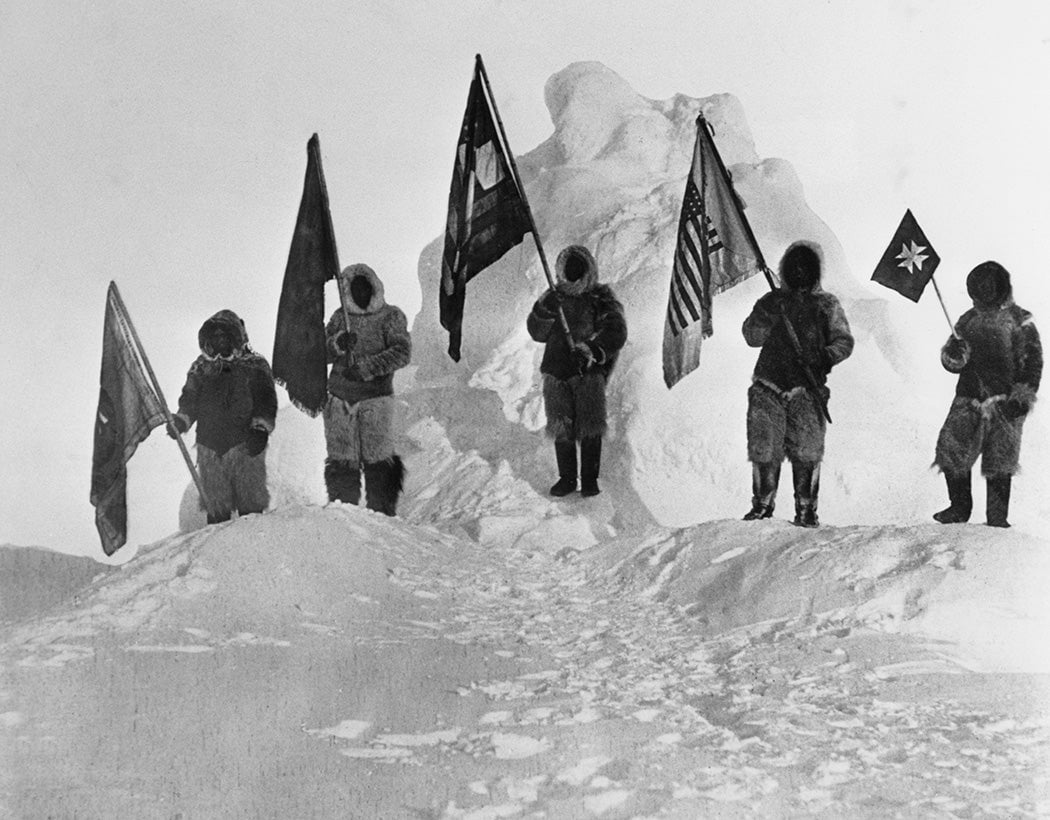
Join us as we write the next chapter in the legacy of The Explorers Club Flag Expeditions.
THE EXPLORERS CLUB WEBSITE
Cause we support
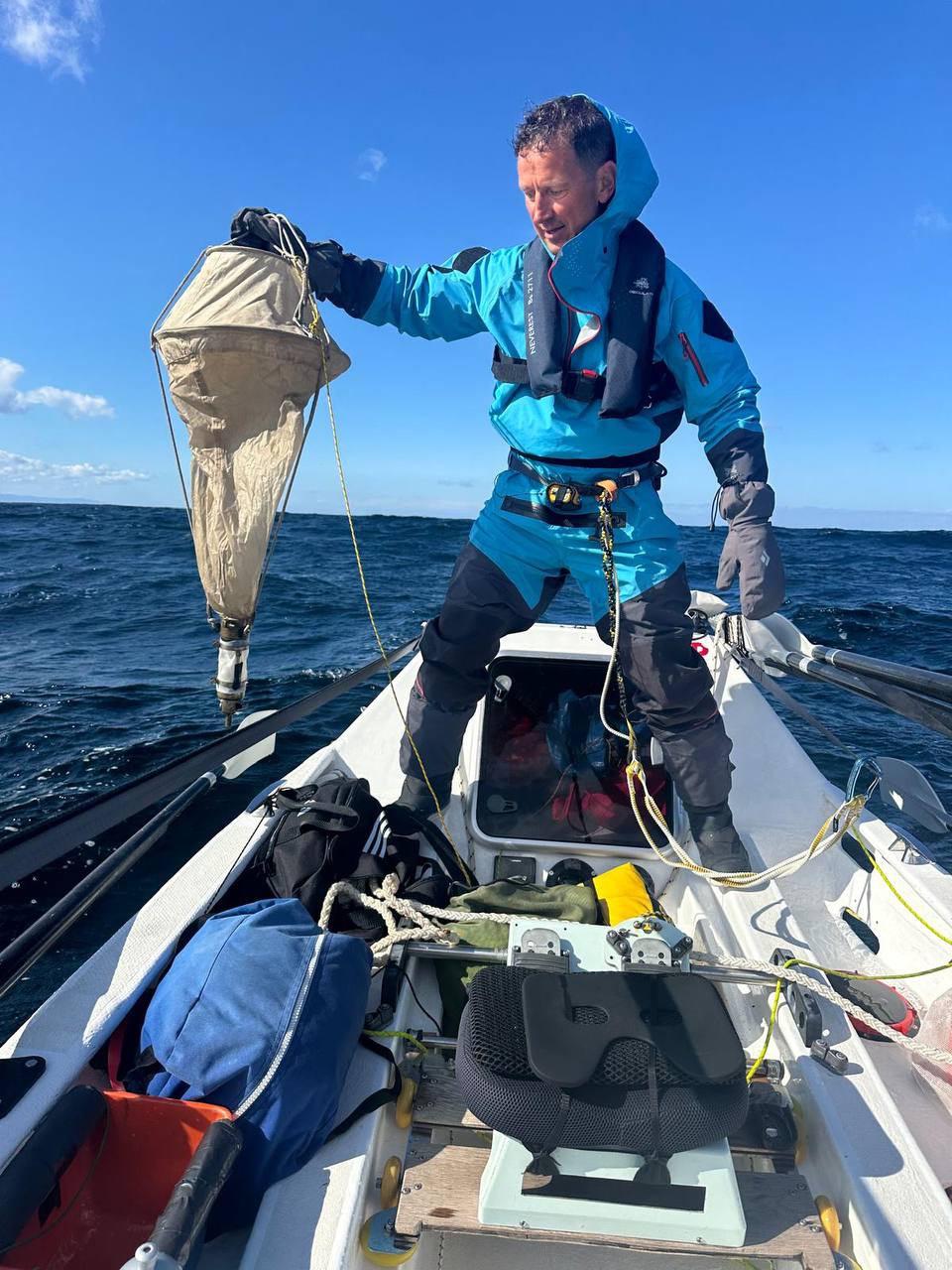

Biology Department of Sofia University
Continue collaborating with the Biology Department of Sofia University by collecting samples of plankton for their scientific research about the impacts of global warming on food chains.
https://www.uni-sofia.bg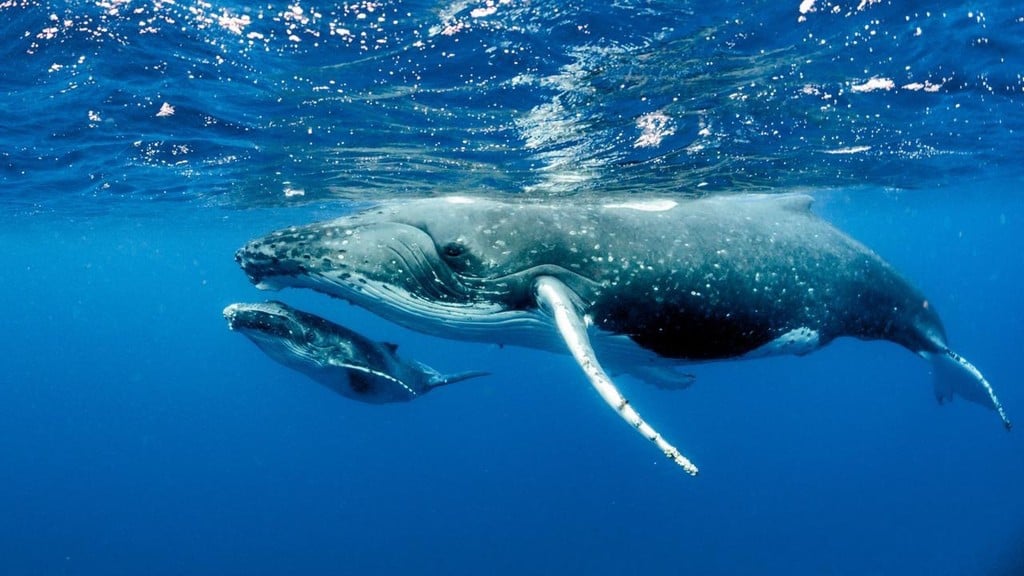
Southern Ocean
Continue advocating for the designation of new marine protected areas of at least 4,000,000 square kilometers in the Southern Ocean, since 90% of large fish in the oceans are already gone due to overfishing and over 1/3 of commercially fished species are endangered with extinction.
https://www.change.org/SouthernOcean
Yes to life! campaign of the Ministry of Health of Bulgaria which aims to encourage more people to make a decision to become posthumous organ donors in order to help save lives through transplant operations.
https://www.zajivot.bg/UNTAMED DATA LOGGER
This system was developed in close collaboration with the University of Western Australia (UWA), including contributions from PhD candidate Rick de Kreij and Professor Phil Watson. Early electronics prototyping and sensor selection were supported by Paul Price (SmartBee Designs, USA). Final hardware design, embedded firmware development, system integration, production-ready assembly and validation were carried out by HardwareX (Cyprus).
